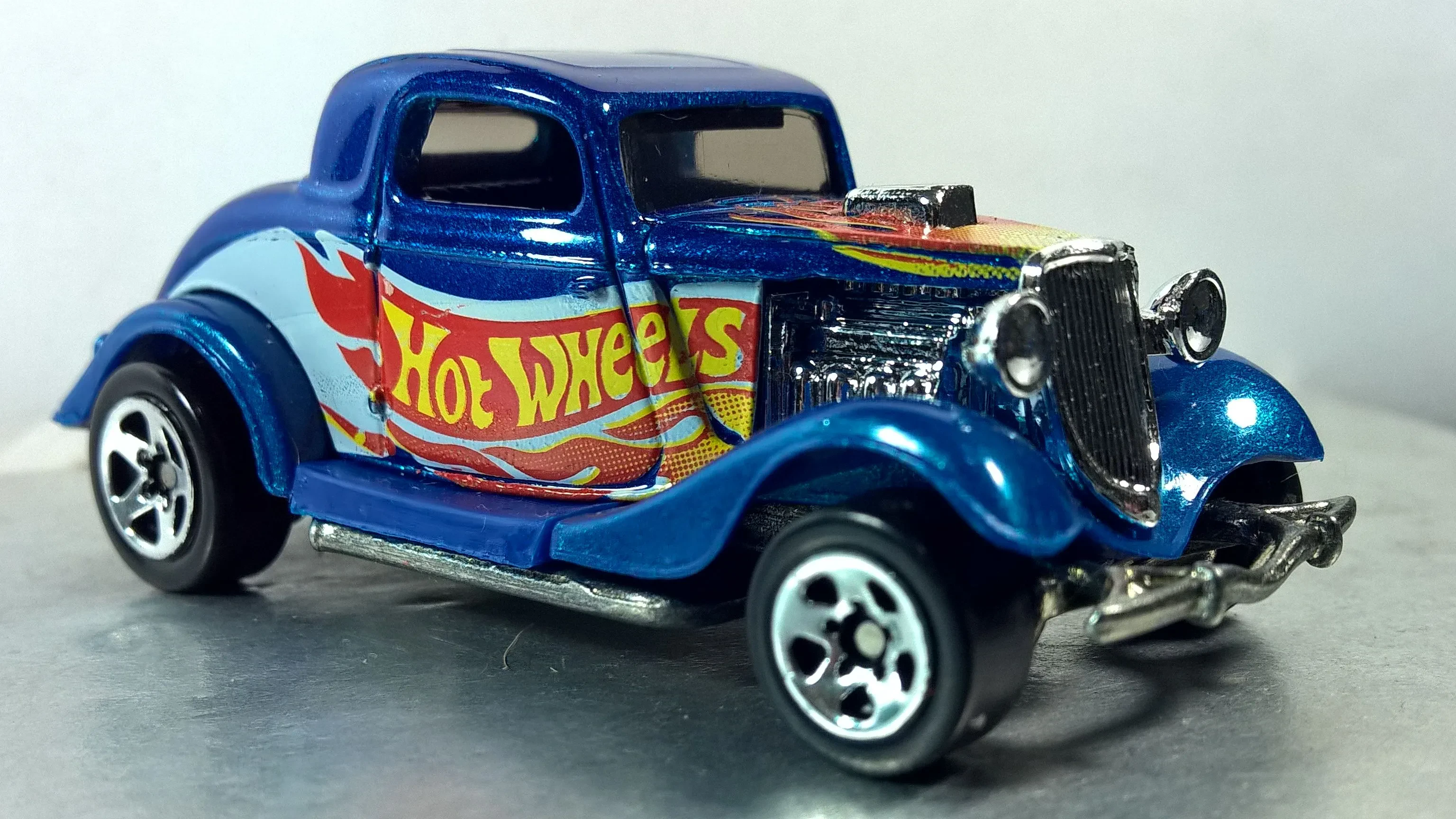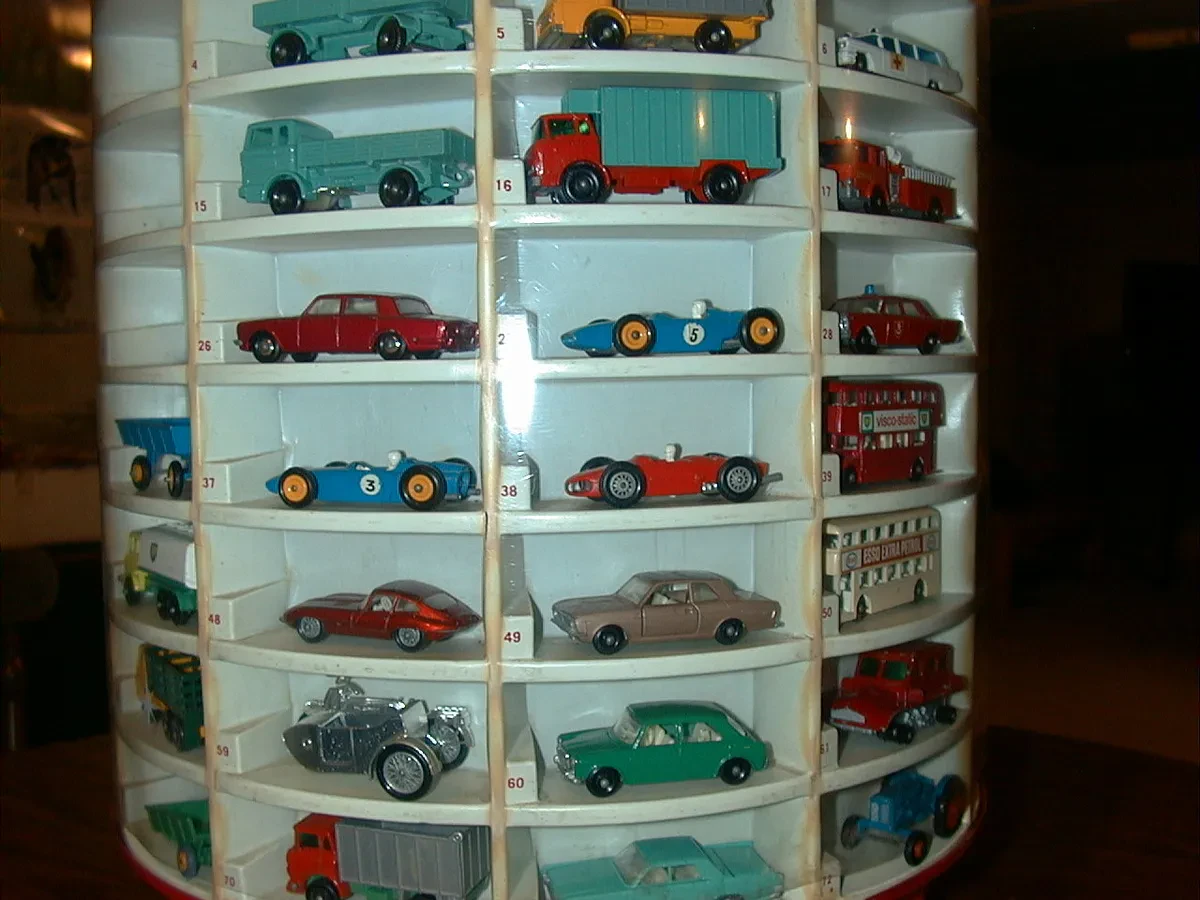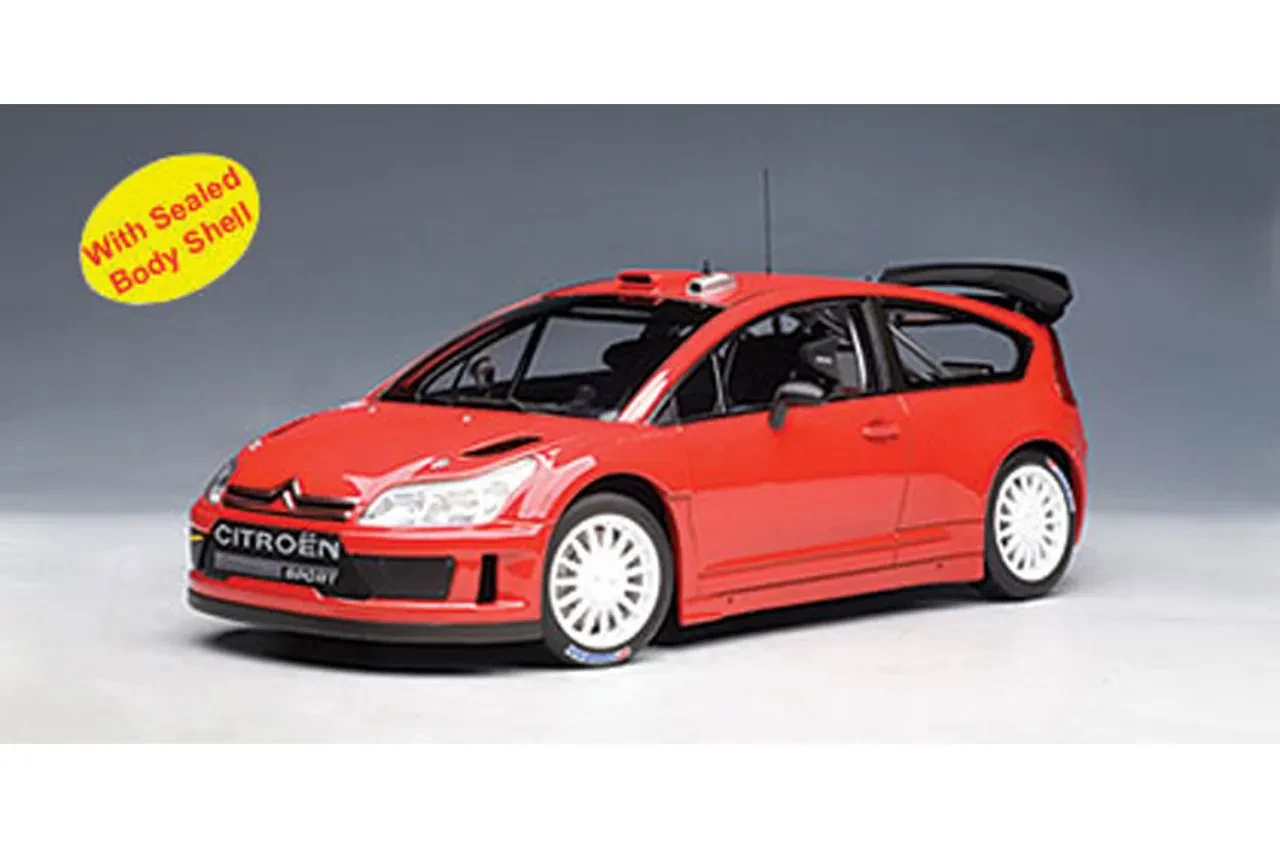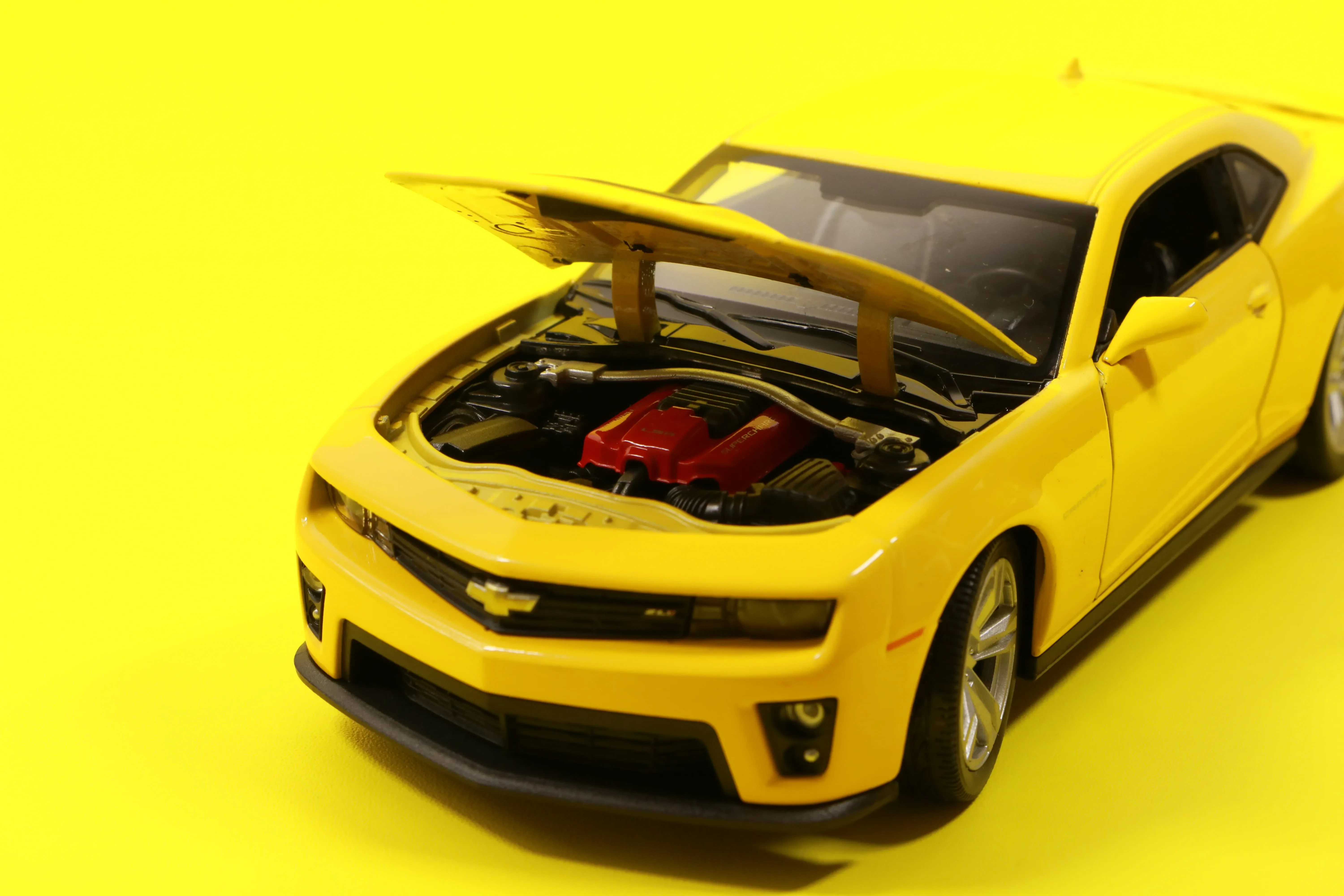Ever since I was a kid, I’ve been fascinated by diecast cars. Those tiny metal replicas, perfectly capturing the essence of real automobiles, have a certain magic. This isn’t just about childhood memories; it’s a massive global hobby with a rich history and passionate community.
But where do you even begin? The world of diecast cars can seem overwhelming at first. There are countless brands, scales, and levels of detail. This guide aims to demystify the hobby and equip you with the knowledge to start your own collection, whether you’re a seasoned collector or just starting out.
A Brief History of Diecast Cars
The history of diecast cars is surprisingly long! Early versions emerged in the early 20th century, but it wasn’t until after World War II that the hobby really took off. Companies started using diecast metal, a process that allowed for mass production of detailed, durable models. This made them affordable and accessible to a wide audience.
The 1960s and 70s saw the rise of iconic brands like Hot Wheels and Matchbox, forever changing the landscape of diecast collecting. These brands introduced innovative designs, exciting features like moving parts, and affordable price points, instantly making them collector’s items.
Today, the market is even more diverse. High-end manufacturers produce incredibly detailed, collectible models, sometimes costing hundreds or even thousands of dollars. But affordable options still exist, allowing anyone to join in the fun.
Popular Diecast Car Brands
Let’s talk about the big players. Hot Wheels and Matchbox are undoubtedly the most recognizable names, but many other great brands are out there. Each brand has its own style and focuses on different aspects, like realism or fantasy designs.
- Hot Wheels
- Matchbox
- Greenlight
- Autoart
- Kyosho
- Bburago
- Maisto
Hot Wheels is known for its flashy designs and impressive stunt cars, while Matchbox tends towards more realistic models. High-end brands like Autoart and Kyosho produce incredibly detailed and accurate replicas, often with opening parts and intricate interiors.
Scales and Sizes: Understanding the Numbers
Diecast cars come in various scales, typically represented as a ratio (e.g., 1:18, 1:24, 1:64). A 1:18 scale model means that it’s 1/18th the size of the actual car. Larger scales (like 1:18) offer more detail, while smaller scales (like 1:64) are more compact and easier to collect in larger quantities.
The scale you choose depends on your preferences and budget. Larger scales are usually more expensive but provide a more realistic look and feel. Smaller scales are generally more affordable, allowing you to build a large collection more easily.
Collecting Diecast Cars: Tips for Beginners
Starting a diecast car collection can be incredibly rewarding. Here are a few tips to keep in mind:
- Start small: Focus on a specific brand, car type, or scale to avoid overwhelming yourself.
- Set a budget: Diecast cars can range in price, so it’s essential to set realistic financial limits.
- Choose a display method: This will protect your collection and make it look great.
- Join online communities: Connect with other collectors to share knowledge and find rare models.
- Research and learn: Understand the different brands, scales, and values of diecast cars.



With a little knowledge and passion, building a diecast car collection can be an enjoyable and fulfilling hobby. It’s a journey of discovery, connecting you with the history of automobiles and a worldwide community of enthusiasts. So start exploring, find your favorites, and happy collecting!
